APALS Light Strips from Brite-Strike Technologies: Versatile Lighting for Whatever Comes your Way
APALS Light Strips from Brite-Strike Technologies: Versatile Lighting for Whatever Comes your Way
Like computers and other electronic technology, light-emitting diodes (LEDs) have advanced over the past few years. I won’t attempt to explain how or why LEDs have advanced, as I’m not a electronics guy and couldn’t explain wavelengths, semiconductors, quantum wells, resistor calculations, radiant flux or any other jargon.
What I do know is the LEDs that were on my Commodore 64 were dim and everything these days is super bright. For me personally it’s just like shooting; I don’t need to know how much my bullets weigh or how many feet per second they’re flying. I just need to know how to pull the trigger and get rounds on target.
There are some people, like precision shooters and snipers, who need to know that technical bullet information. If you really want to learn about LEDs I would recommend Don’s Homepage or The LED Museum for detailed explanations on LED lighting.
Brite-Strike Technologies
Brite-Strike Technologies use the latest technology and creative thinking to produce lights for law enforcement and the military. Along with cutting edge flashlights and products like Tactical Balls (yes, I’m serious), lighted traffic safety and bike gloves, Duty Light Cameras, Perimeter Infrared Intrusion Security Alert systems and the APALS (All Purpose Adhesive Light Strip), prove Brite-Strike puts a lot of thought into their lighting systems.
Their flashlights also use the latest LED and digital power management systems. It’s no surprise, as the company was founded by two police officers who were looking for better lighting during police work.
Specs
The APALS was designed primarily for the military as a low cost disposable combat marking system. They use the newest LED technology to produce a compact lightweight marker that has a advertised run time of 35 hours. As you will see in the video below, the green APALS I tested far exceeded that run time.
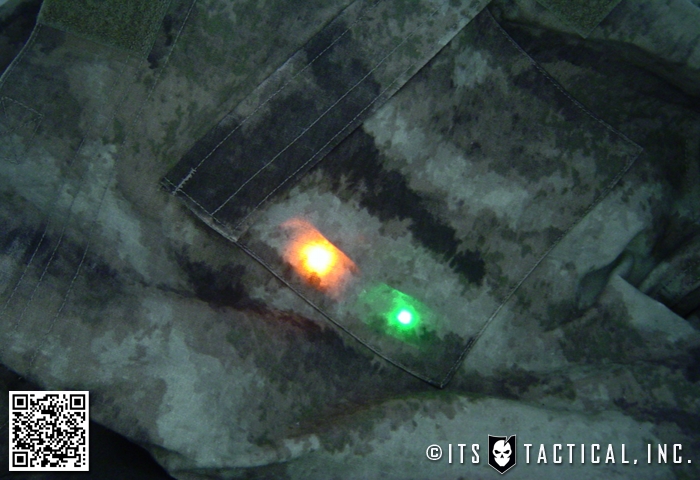
The light, battery and circuits are sealed in a water and dust proof package that uses a 3M adhesive strip on the back. This allows the light to be affixed to just about anything, even when wet or underwater. One of the APALS I tested in my pool went over 300 hours attached to a smooth plastic container. I also attached one to the inside of a glass jar filled with salt water (from the ocean). It stuck to the glass with no problem and lasted the duration of the test.
There are three separate flash patterns to choose from. They go from a fast flash, to slow flash, to constant on. The selection button has a raised edge for a tactile feel in the dark and the color of the LED is marked on the front, for easy identification.
APALS comes in five colors; green, amber, blue, red, white and are available in IR for law enforcement and military. The colored models have a silver reflective strip on the front which aides in light distribution and identification. On the IR model the strip is blacked out for night operations.
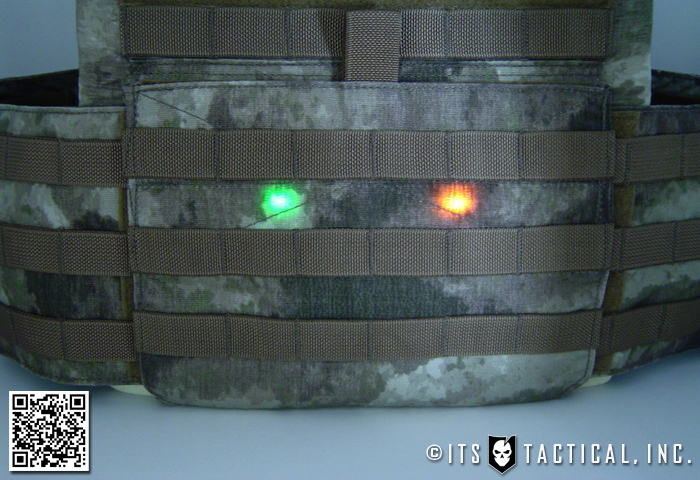
Here are the APALS specs from Brite-Strike:
– Can be seen from up to 1/4 mile
– Runtime up to 35 hours (in our test the green went for 323 hours on the slow flash setting)
– Modes: On / Fast Strobe / Slow Strobe / Off
– Heavy Duty Adhesive Back holds tight to any surface wet or dry
Possible Uses
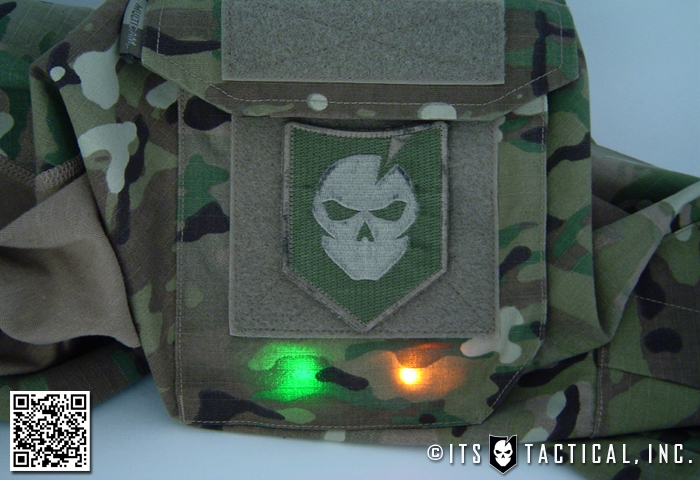
As stated the main design behind the APALS is for identification in low light or no light. Having spent many long hours in the dark while in the Army and as a Deputy, I can say identifying your buddies at night can be tough.
The APALS can be setup in numerous ways because of the flexibility in mounting and color options. Teams/squads could be issued certain colors (or color combos) so leaders could quickly see who is who. This would have been great in training as you could direct your troops accordingly.
While the military has it pretty good with the use of NVGs, law enforcement (generally) doesn’t have this availability. The APALS could be used the same way for leaders to identify and control their members in training.
While the APALS are pretty bright and light discipline is a big concern I’ll show you one way you can control the light output in the video portion of this article below.
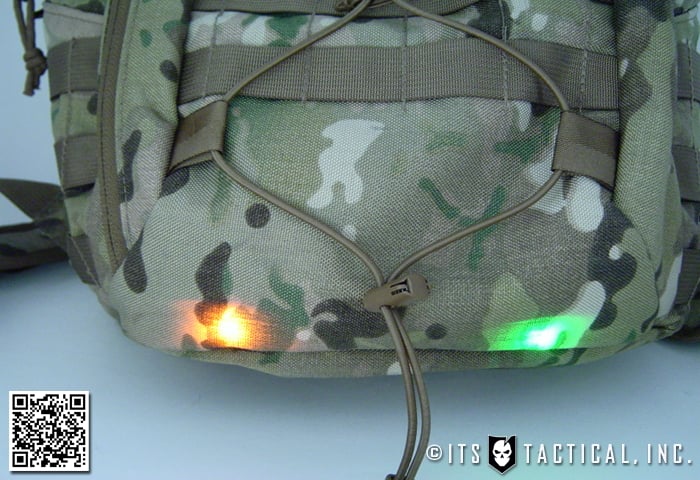
Low light identification applies to not only your friends but to your gear also. Anyone who has been in the field or deployment knows the fun of finding your gear in the back of a Deuce (OK I’m dating myself here) in the dark. How about that blacked out C-130 or Chinook? It gets pretty dark back there and you can’t rely on the crew chief to police up your gear.
As you’ll see in the video, the APALS has plenty of power to shine through most materials allowing you to throw one in your bag. If you’re not worried about light discipline you could mount it to the outside of your gear too.
If you need to mark items, doors, gates, vehicles, or anything else, these lights are built to perform. I was really impressed with the 3M tape being able to stick while fully submerged in saltwater. The APALS I have in my pool is still attached to a smooth plastic container and that was affixed on 5/24/2011.
If you hunt, fish, boat, kayak, paddle board or camp these make great lights as well. Since they’re small and lightweight you can store them just about anywhere as emergency backup lighting. Throw a few in your off-road vehicle, ATV, or side by side. The uses are almost endless and since they’re disposable, you wont get heartburn if you loose it over the side or in the woods.
My Uses So Far
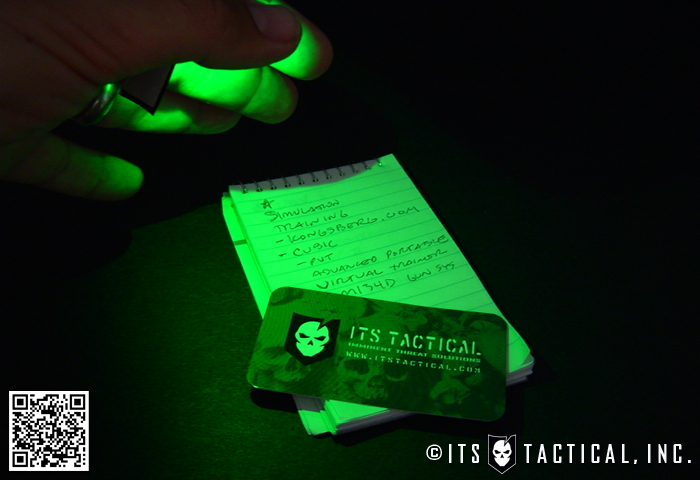
It seems I’m always on the lookout for new “tactical” low-light flashlights and lighting ideas. With the LED technology getting better everyday there are a lot of new products on the market. The vast majority of them are in the form of a flashlight or penlight which is the standard when you think of lighting. The prices range from the mid-twenties to well over eighty dollars.
What makes the APALS so versatile is the fact that it’s not shaped like a flashlight. It’s flat and the LED is positioned on a flat surface. I’ve been using one in my shirt pocket and turning it on to view my notepad by holding it near the pocket. Being able to do this will of course be based on the material of your shirt. I’ve also got one on my plate carrier for close in lighting. I simply used the 3M backing to attach a piece of hook and loop to it. This would be similar to using a MOLLE-mounted Princeton Tec MPLS (which I really dig also).
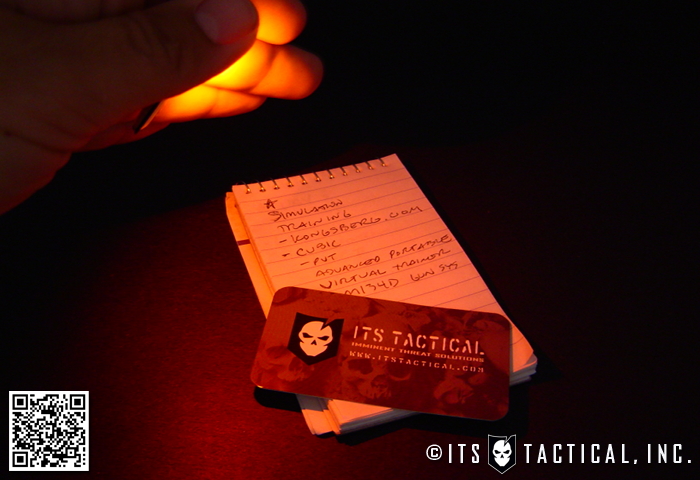
I also keep one in my pocket and use it when doing vehicle surveillance in plain clothes. It’s much easier to keep my shorts pocket than a penlight and I can cup it in my hand using my fingers to regulate the amount of light I need.
While the light patten on the APALS isn’t a focused beam like a flashlight, it does provide plenty of up close lighting for low-light operations.
Video and Photos
As I’ve described, the APALS has more uses other than a combat identifier. They are light, small, waterproof, and affordable. What more could you ask for in a tactical light? Check out our YouTube video below to see the many uses of these versatile lights and make sure to keep checking the Brite-Strike website for new forward thinking products.
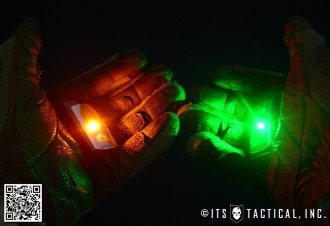
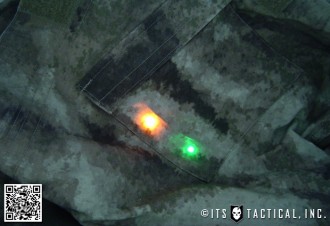
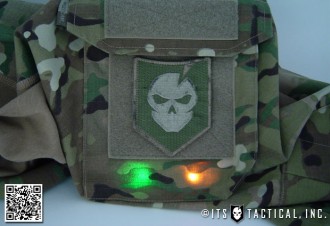
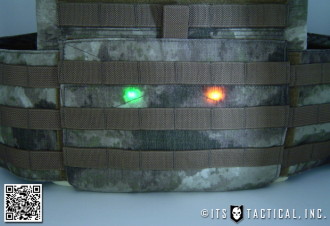
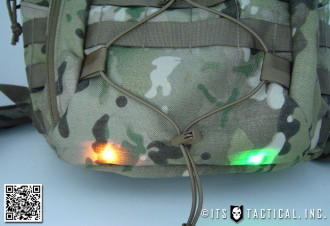
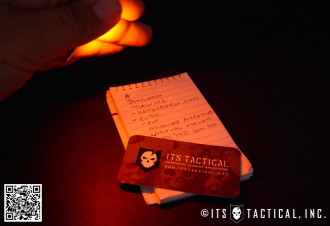
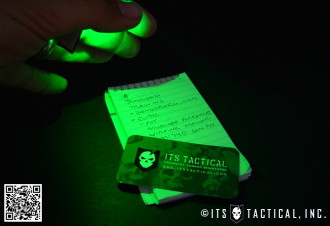
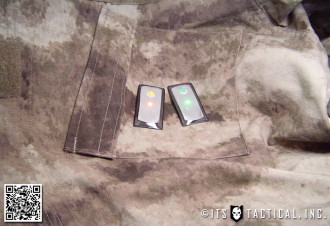






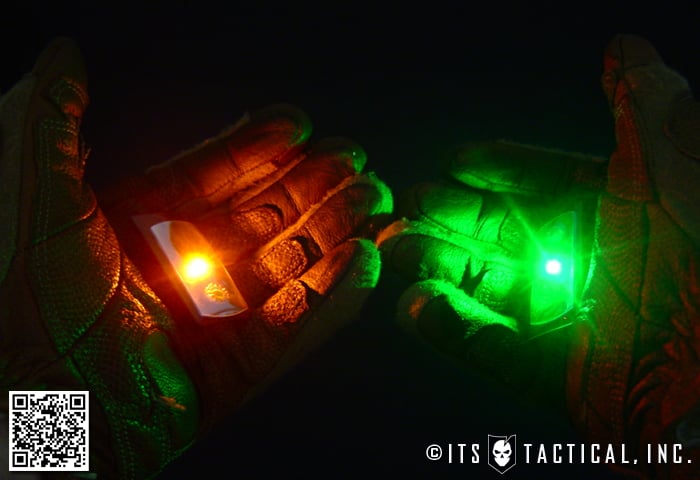
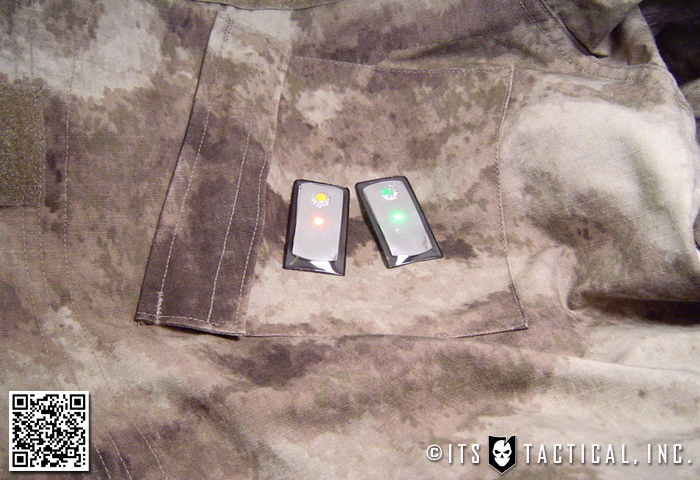
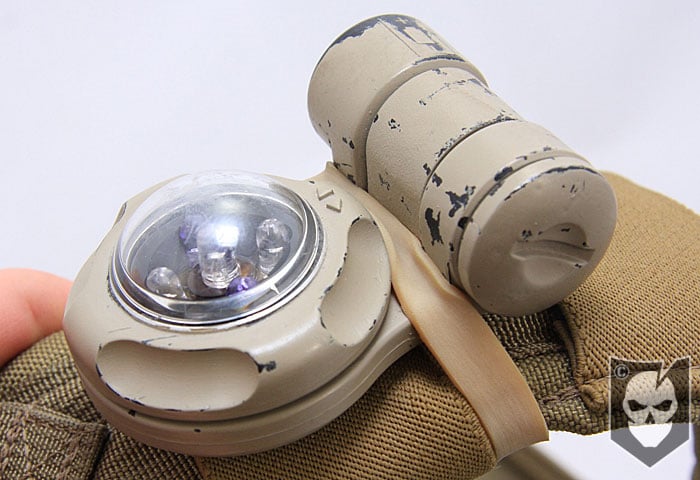
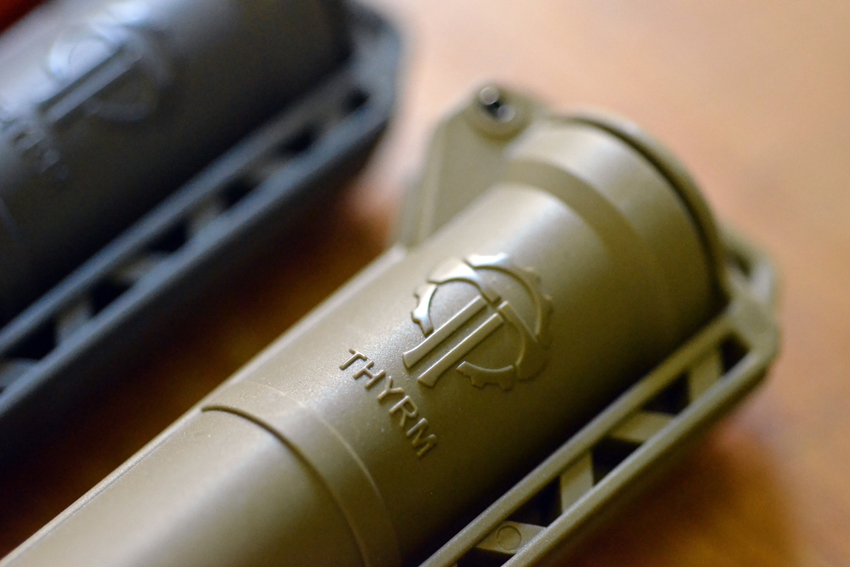



Discussion